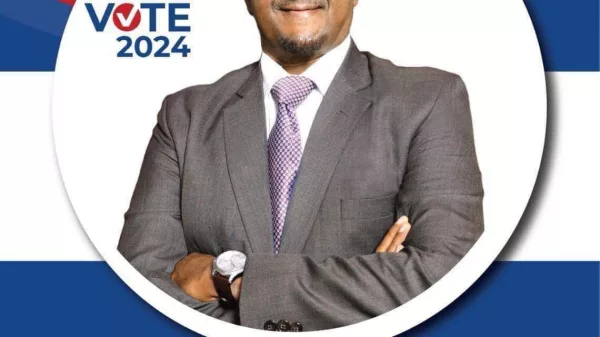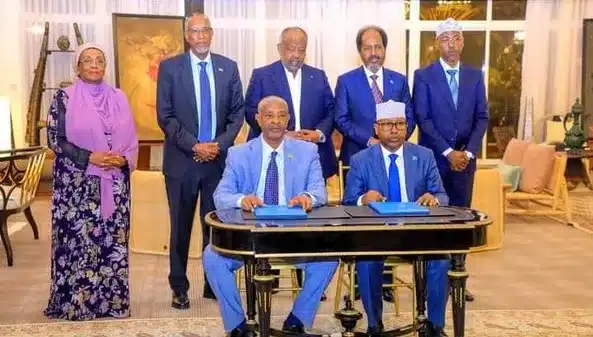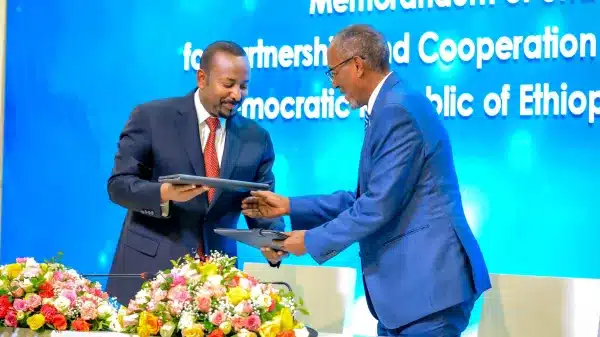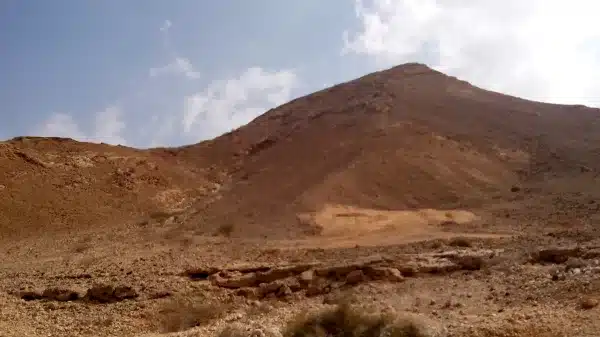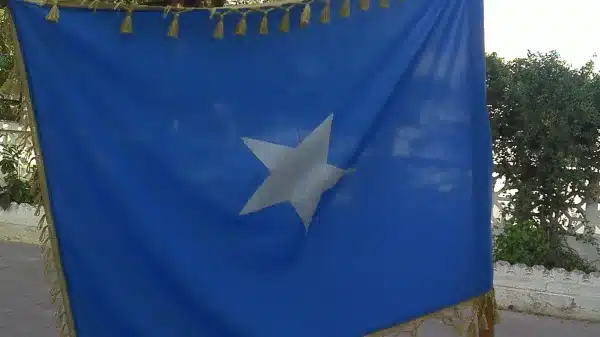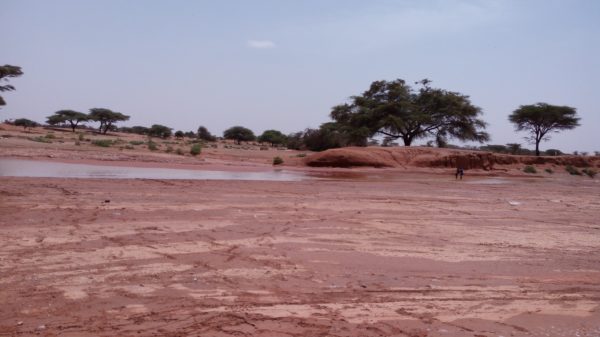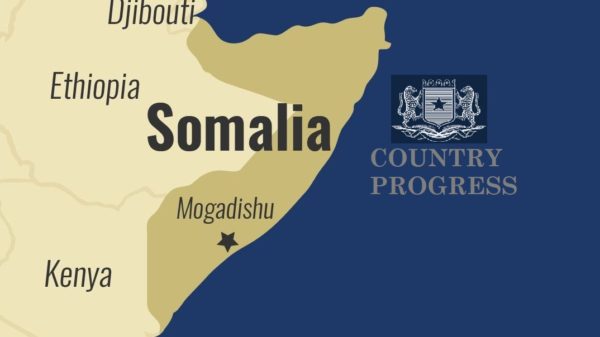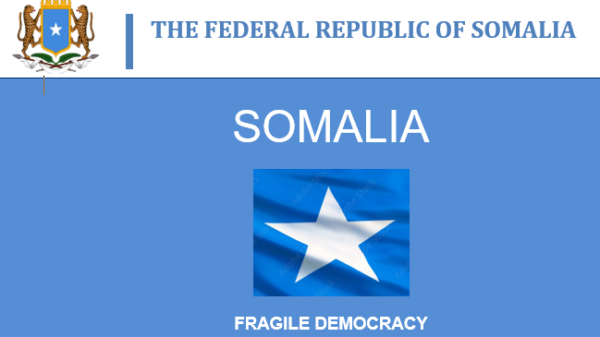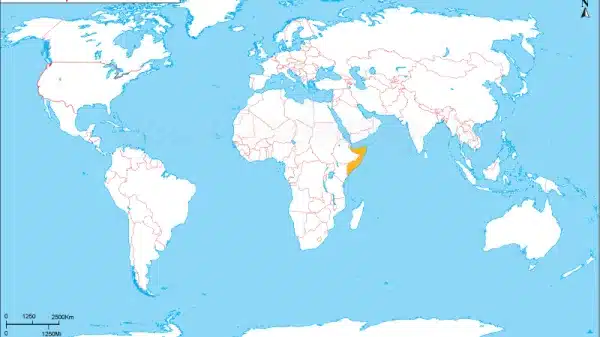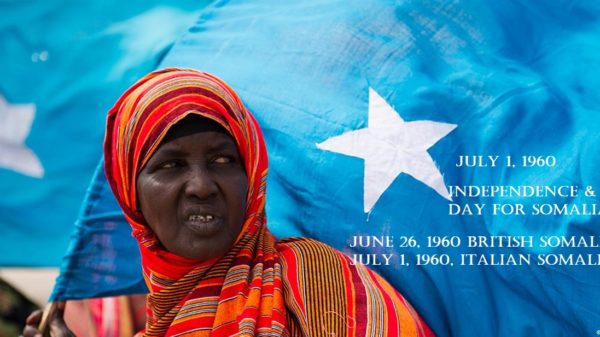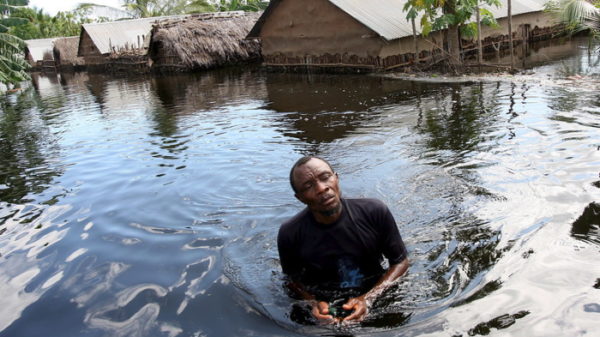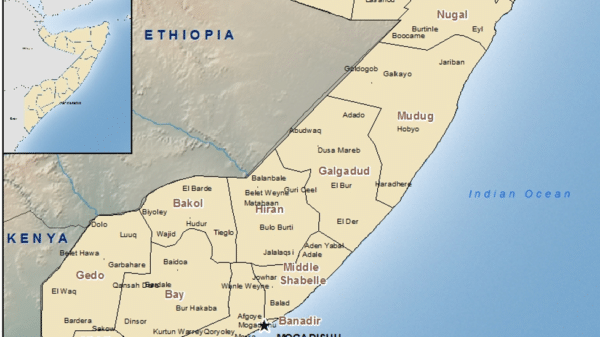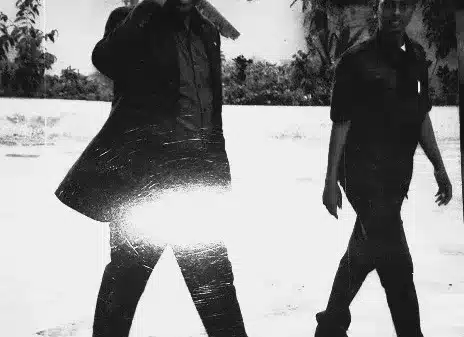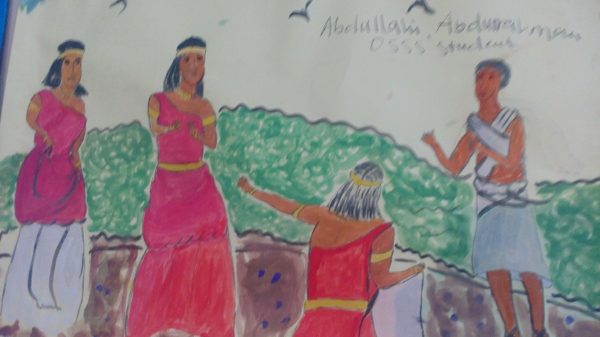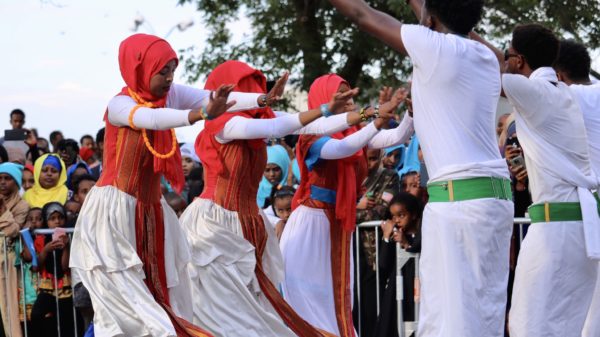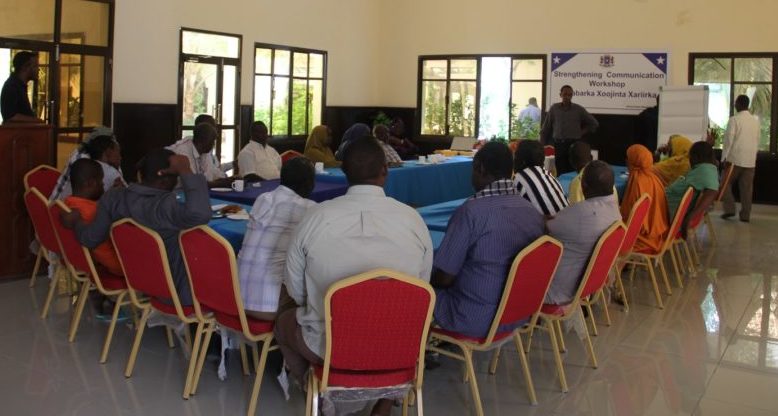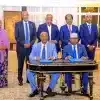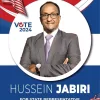The overall security and socio-economic situation in Somalia fluid, which means stable at a higher percentage in some parts of the county. But terrorism attacks and militia violence happen in the southern part of the country more so in the capital city Mogadishu and the seat of the federal government. Al-Shabaab an Al-Qaeda affiliated terrorist group maintains recruitment operations, training camps and assault cells in the country. Clan and sub clan relations are troubled with tensions over land control and district and regional political fuel the tribal issues. Thus, creating security and decade long social progress setbacks, and also contributes country fragility in terms rule of law and governance.
However, the much of the country is stable to some extent but to move beyond tribal conflict and to eliminate the threat of terrorism government and donor focus should be on public mobilization to build social cohesion. Because the source of instability is rooted within the fragmented tribalistic nature of the Somali people, which necessitates genuine grassroots effort that advocates for social change to move this community forward.
The Somali case is a unique in itself and requires special and culturally tailored social cohesion approach that works. Increasing the relevance and effectiveness of the ethnic culture is the ultimate transformation force to build a stable and progressive society. The concept itself is not a new mobilization tool, every successful social moralizer in the Somali history applied culture to rally around patriotism and to build unity. In the 1950s, independence leaders applied this strategy to mobilize resistance forces with various colonial empires and successfully gained freedom. Again, the military regime, between 1969 to1991 used culture to gain confidence and support of the people in order to move forward their progressive agendas.
Advocacy, communication and public mobilization efforts at country level often focuses on administrative, institution building and regulating the private sector through parliamentary debates and other political events. For the past three decades, the public was never properly engaged with national level peace-building and progressive agendas, and the gap between government and its public is real and getting wider by the day. Resulting lack of public trust to government institutions, more specifically, enables the five primary drivers that are considered to be conducive to violent extremism (UNODC, Drivers of Violent Extremism) namely: Lack of socio-economic opportunities, Marginalization and discrimination, Poor governance, violations of human rights and the rule of law, Prolonged and unresolved conflicts, and, Radicalization in prisons. Therefore, the way forward demands the leadership and the initiation of structured social transformation process that seeks practical solutions to the genuine public grievances, which also accurately address violent extremist, distortion and misuse of beliefs, political ideologies and tribal and cultural differences.
Steering Public Pressure for Social Change
The Somali government both at the federal and regional levels must take the lead to create public pressure for change, enable social change advocates and channel donor resources to better transform society. Conducting social mobilization towards building social requires conducting set of organized activities to create an enabling environment for national and international political and policy change. It seeks to engage public audiences with priority issues such as security, and revenue collection to inspire widespread support, motivate people to take action, and harness and demonstrate popular support.
The methodology has to concentrate and describe how to shape public behavior change on priority national issue, using behavior change communications, information, education and communication for development.
For instance, showing strong public support for the security issue can encourage bold political leadership at the highest levels, providing a leap forward in commitments for the people. It can also stop governments backtracking on their public commitments, as demonstrated where public action stopped influenced the outcome of the administration mandate and commitments i.e. timely elections.
Employing affective strategies and tactics
Successful social cohesion campaigns and advocacy strategies use lots of different mobilization tactics to keep the security issue fresh and on the agenda of decision makers. Online activism has become increasingly important for the government, characterized by ground-breaking use of the internet and web for worldwide outreach, education and mobilization but the power of live actions, direct engagement and activities should be real face of each and every campaign.
Political change campaigns mobilize people at different times, but are particularly relevant in the run-up to major decision-making moments. Often people refer to campaigns ‘catching the wave’; this is the moment, sometimes but not always linked to outside moments such as summits and elections, when public opinion and engagement crest on an issue and ‘the tide turns’ and change comes.
The government should work with the community leaders, and many of the leading community groups i.e. youth, women and religious. Social change advocacy groups and humanitarian agencies should help build public support and provide the tools that empower communities especially youth and women to act and be part of an influential movement for change to ward security and development. By bringing strong public voices together, we believe we can have an even greater impact in the fight for peace, security and safety in Mogadishu and the rest of the country.
It is important the government to recognize the power of the public to influence their perception towards peace and security. This will lead citizens to exert considerable influence on decision makers through democratic processes, so people’s voices, individually or collectively, are valued and appreciated in this process. In this case, the government needs to be realistic about how the public can really help to achieve the security goals and how the government can best support communities and groups in different environments. There are also different periods of time when public mobilization is more or less sensitive, such as when an election is due. These contextual issues need to be kept in mind as you plan your strategy and look at how to mobilize the public.
The planning and execution process
The process needs to invest strategic communication expertise with greater understanding of the local culture to have a lasting social behavior change. The technical aspect of each and every campaign has to identify target groups, communities and audiences and know how to engage with them. The planning of any campaign should be done in conjunction with and with the support of affected communities. This should start with consultations and then joint planning meetings in collaboration with local civil society organizations.
Also, it is important to unravel forces for and forces against, and understand the external context surrounding your campaign. Asking the right questions is key for the entire process i.e. why a policy or political commitment is not being made. Explore why it would be beneficial to show visible public support for an issue. There are often political reasons why a change has not been made and these needs to be taken into account.
Crafting the tools, activities and approaches of an effective social behavior change campaigns demands knowledge and understanding of the target communities and how they view the main issue. Get the right people –Public mobilization requires people a diverse skill set. Government needs to reach-out and employ professionals with communications and public relation expertise that are also equipped with knowledge of the target population and their culture.
Also, achieving the campaign goals necessitates authentic consultations within the government about the progress made on the campaign issue, the main challenges to the government and the new agendas. This will create a critical path for the message/action to achieve the specific goal already set for the campaign. It is also important to engage the public with second consultation to ground the campaign and achieve public confidence.
In order to increase campaign success and boost legitimacy the government needs to build alliances with the forces that are for the specific social behavior change issue. Also, a narrow focus works best to mobilize a broad constituency to achieve the desired situation change.
Behavior change campaigning is a two-way conversation; important as it is to communicate your message, it is just as important to hear what others are saying. It is very important to remember that the campaign issue i.e. security is a conversation between the government and the public. The government needs to hear the public voices that are trying to have their input in the process. It is also equally important to know more about the point of view of the enemy in this case Al-Shabaab and their supporters and sympathizers. This will enable the government to articulate its message and will shape better the conversation with the target audience.
Finally, the message should be simple and clear call to action. Having clarity on the message and developing straightforward messages is key to a successful campaign. Clarity in this case means – say what you mean. The communications from the government should be clear as much as possible – no room for speculations. For example, articulate the conflict with Al-shabaab from a strategic point of view, conflict is necessary to change the status quo; from a tactical point of view conflict is needed to galvanize people and to interest media. In this case, the conflict is the one between the forces for and against peace and security.
Author
-
Strategic Communication Specialist and Consultant, graduated from The Ohio State University with Strategic Communication major and Journalism. Follows the social and political changes of the wider East Africa region, with keen interest of the Somali news and issues, with over 12 years media and communication experience in the region.



